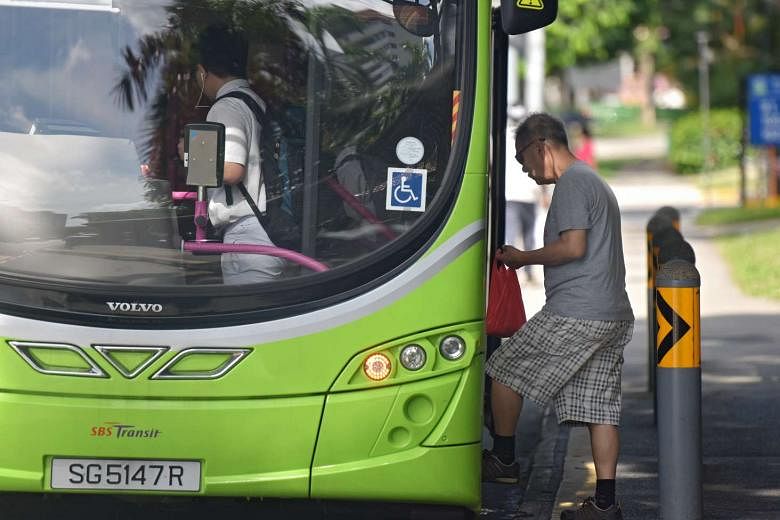In the 1980s, bus conductors were phased out when ticketing automation allowed Singapore buses to convert to one-man operations. Will bus drivers face the same fate when autonomous buses arrive?
Tech and automotive experts are quite sure that the day will come, but are divided on when exactly. The bullish ones are betting on a five-year horizon, while the more conservative are looking beyond 50 years.
Singapore policymakers are putting their money down with the bullish ones. Earlier this week, the Land Transport Authority inked a deal with ST Kinetics to build driverless buses here, aiming to put them into service by late 2020. It is a bold target to develop something so radical in three years. That is the time established vehicle makers take to develop a new model based on existing technology.
But if the bullish camp is right, should bus drivers sit up and take notice? By 2020, there will be close to 10,000 bus drivers here. When (not if) autonomous buses start plying the roads, their jobs will be at stake.

Of course, it will not happen overnight. Even if ST Kinetic's first two buses are a success, it will take 10 to 20 years before all buses can run without drivers. And for the first few years, the public would still feel safer with someone at the wheel, even if he or she were not driving. But eventually, no one will be needed.
Bus drivers are not alone. Uber is investing heavily in driverless technology. That means the tens of thousands in Singapore who drive private-hire cars full-time or part-time will not have a very long career.
Driving is just one job. A study by market research firm Forrester found that 6 per cent of all jobs in the United States will be replaced by automation by 2021.
Clearly, society should not hold back advancement just to protect jobs that are becoming redundant, especially when the eventual benefits are huge.
In the transport field, driverless trucks could allow commercial vehicle usage to be diverted to off-peak hours, for instance, freeing up road space for others.
What matters is that policymakers prepare for and mitigate the undesirable fallout such as job losses.


